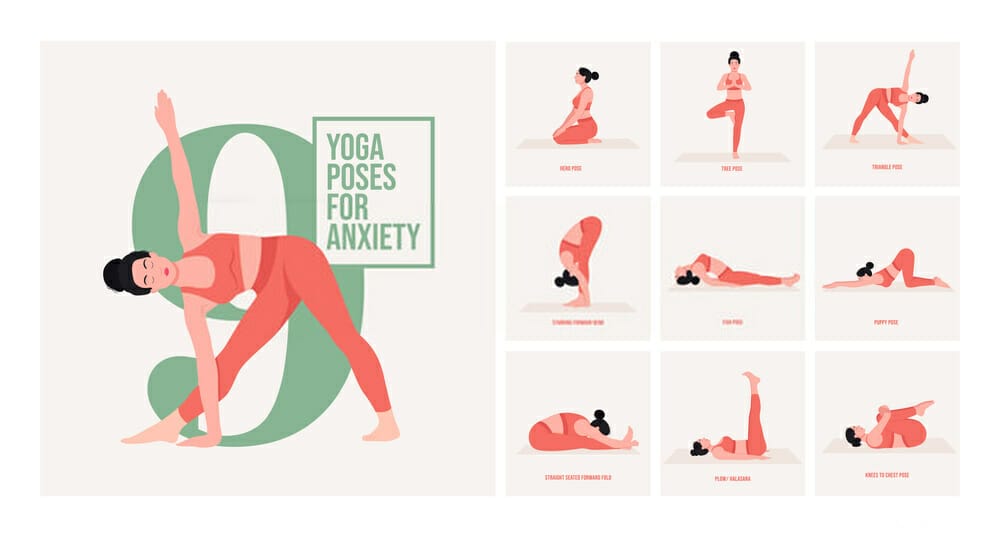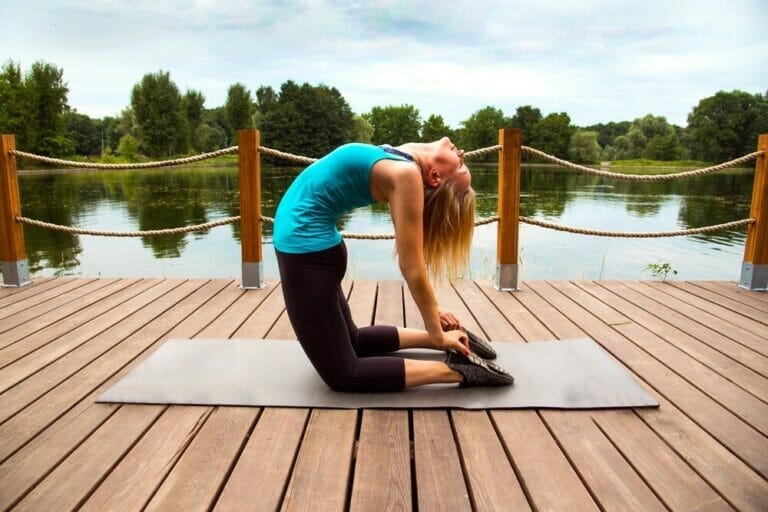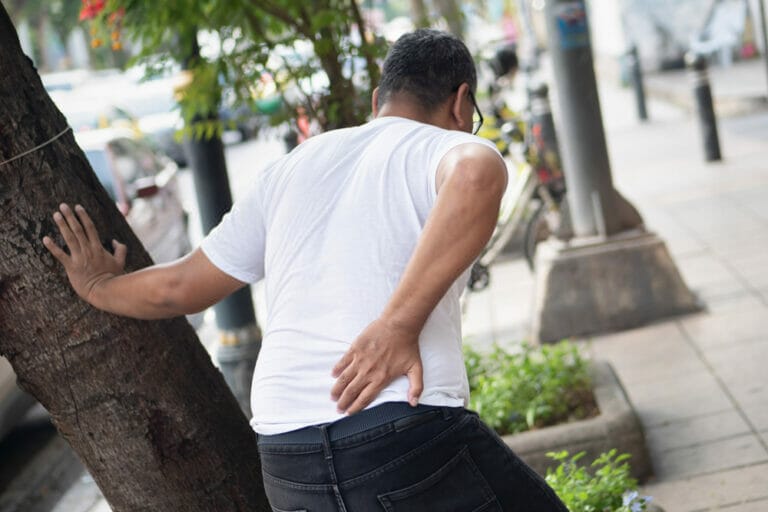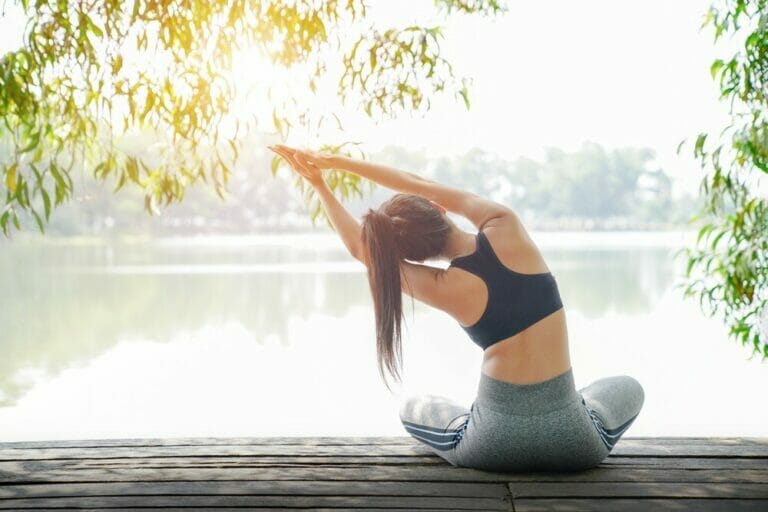Practice These Yoga Poses And Calm Down Your Anxiety
Anxiety is a complex, often chronic mental health disorder that causes excessive uneasiness and nervousness, typically without objective cause.
Our body’s natural response to stressful situations is fear, which then causes the body to release adrenaline or epinephrine.
Yoga is a great way to reduce anxiety, restoring your body and mind into a sense of calm. In addition, yoga can help control physical symptoms associated with stress, such as muscle tension and hyperventilation.
Doing yoga poses for anxiety can make you feel more in control of how your body reacts to stressful situations, which is the first step to overcoming anxiety.
The following poses can help reduce anxiety:
Kapalbhati (bellows breath)
It is done through your nose. The inhale is as long as you can hold. When exhaling, do it as long and forcefully as possible. You should feel the pressure in your stomach increase with each breath.
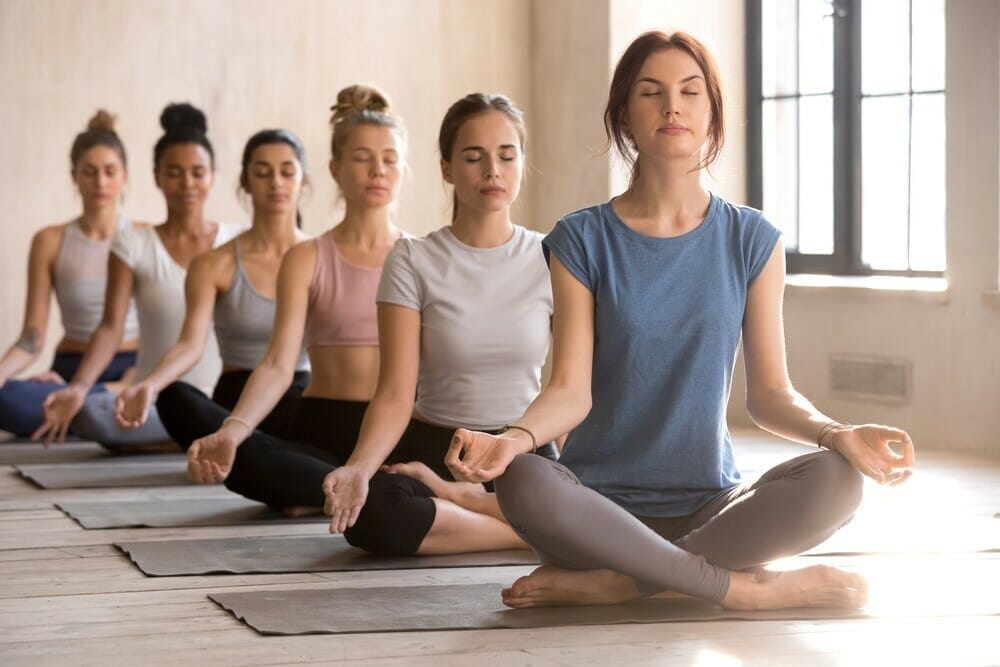
During the slow exhale, close your eyes and focus on releasing tension from within your body. Imagine that all the stress is leaving through your nose and going out of your mouth through the exhale.
Slow below breathing is a popular technique to help relieve anxiety and relieve stress throughout the day. Not only will this technique help you take deep breaths, it is an excellent way to reduce stress.
Supta Baddha Konasana (Reclining Bound Angle)
It is a full-on back bend with hands resting on the floor that will help stimulate the thyroid and parathyroid glands. You can use pillows for comfort as you feel more flexible.
Since anxiety can cause insomnia, if you are not getting a good night's sleep, this pose will ensure that you do.
I like to do my Supta Baddha Konasana in the early evening when the sun is setting, strengthening my chakras. It is a great restorative pose and very calming.
Supta Padangusthasana (Reclining Big Toe Pose)
It is a great way to bring balance into the body and mind. It helps stimulate the thyroid, parathyroid and pituitary glands, which will encourage better hormonal control. It also enables the abdominal organs and improves digestion.
It is another pose to do in the early evening when you are ready to relax after a busy day. Also, it is an excellent restorative pose, which will help you sleep better at night.
Savasana (Corpse Pose)
This pose is the ultimate stress reliever. It is very relaxing and will help you fall asleep much easier at night.
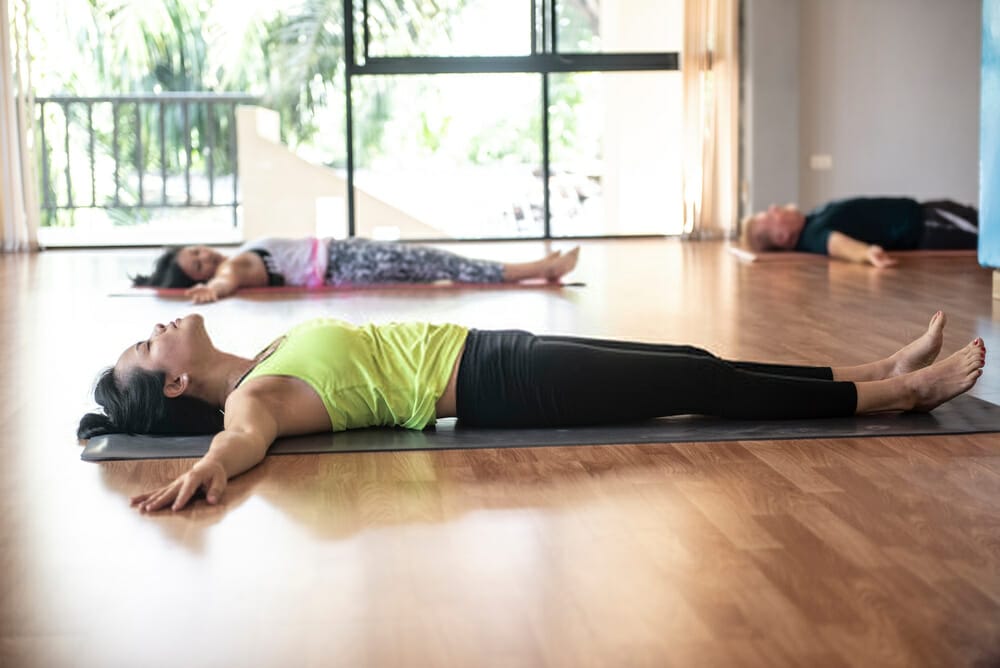
Savasana not only enables you to sleep better, but it brings peace to your body and mind. Be sure to do this pose when you are at the end of your yoga practice or before bedtime.
Ardha Chandrasana (Half Moon Pose)
This side stretches help with back pain and anxiety. It is also an excellent pose for reducing stress, fatigue and stiffness in the lower back.
It is a pose that you can do very early in the morning to get your energy going and do it at night when you are ready to wind down after a long day.
Butterfly Pose (Baddha Konasana)
There’sThere’s a simple posture that can help ground you when you feel anxious. It’sIt’s called Butterfly Pose. Through a focus on breathing, yogis believe that the pose encourages meditation.
Butterfly Pose also has healing benefits. It promotes meditation, which can be a healing process.
Extended Triangle Pose (Utthita Trikonasana)
Yoga experts recommend Triangle Pose and Extended Triangle Pose as excellent practices for beginners.
It is believed that by tilting your body, you are even distributing the energy flow, leading to feeling calmer and more balanced.
A particular element of Extended Triangle Pose is for alleviating anxiety and depression. However, it is considered a position that can better help you get through when life becomes challenging.
Legs-Up-The-Wall Pose (Viparita Karani)
When you need to calm yourself down, try a Legs-Up-The-Wall Pose. This posture can help people regain a sense of calm after a stressful day, making it ideal for anxious people.
It is a perfect pose if you want to completely relax, as your lower back is supported with a bolster.
Seated Forward Bend (Paschimottanasana)
In addition to a long list of benefits, yoga has mindfulness in its movements. For example, the Seated Forward Bend is known to be especially good.
Research has found that posture can help relieve stress and anxiety and symptoms such as fatigue and headaches.
Camel Pose (Ustrasana)
Camel Pose is an excellent posture for people dealing with back pain, but it’s also dealt with emotions. It’sIt’s good to try to forget your problems when you can, even if it’s only for a short while.
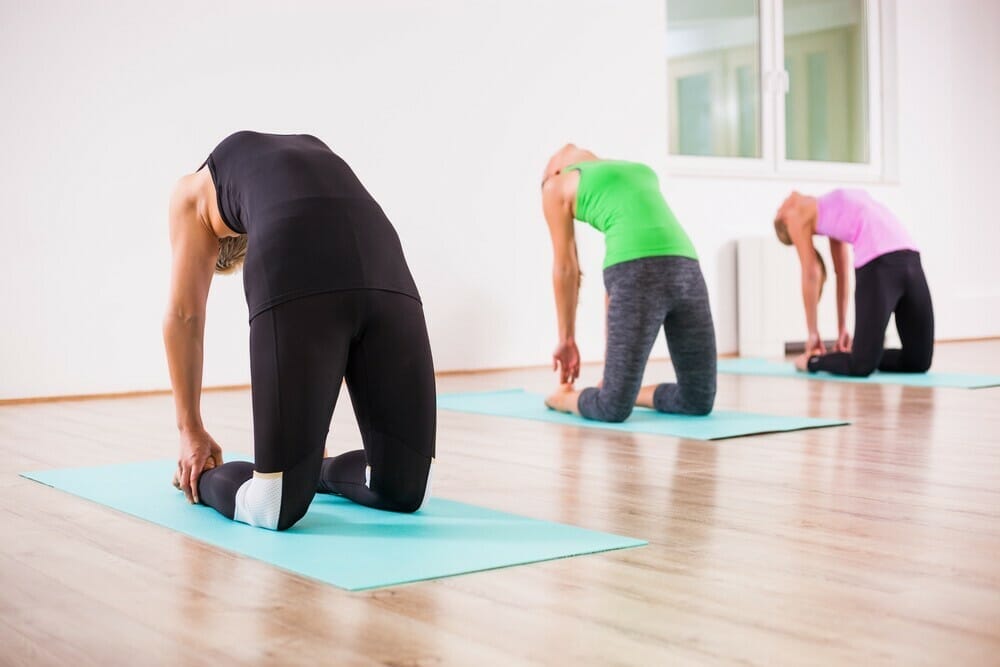
The pose is also great to open up the heart chakra, helping to release your emotions. Unfortunately, many people find that they start crying when practising the pose.
Fish Pose (Matsyasana)
Fish Pose is another pose that can help you release any pent-up emotions, as it’s also a heart opener.
Yoga instructors recommend that you maintain a steady breathing pattern during the pose. It helps to calm your nerves and clear your mind.
The research suggests that sitting and posing like this for a while will make you feel better and more confident. It also says that you should practise this pose regularly to build your emotional strength.
Dolphin Pose (Ardha Pincha Mayurasana)
Dolphin Pose is a way of relieving symptoms of depression. In addition, it can help people with mild depression symptoms.
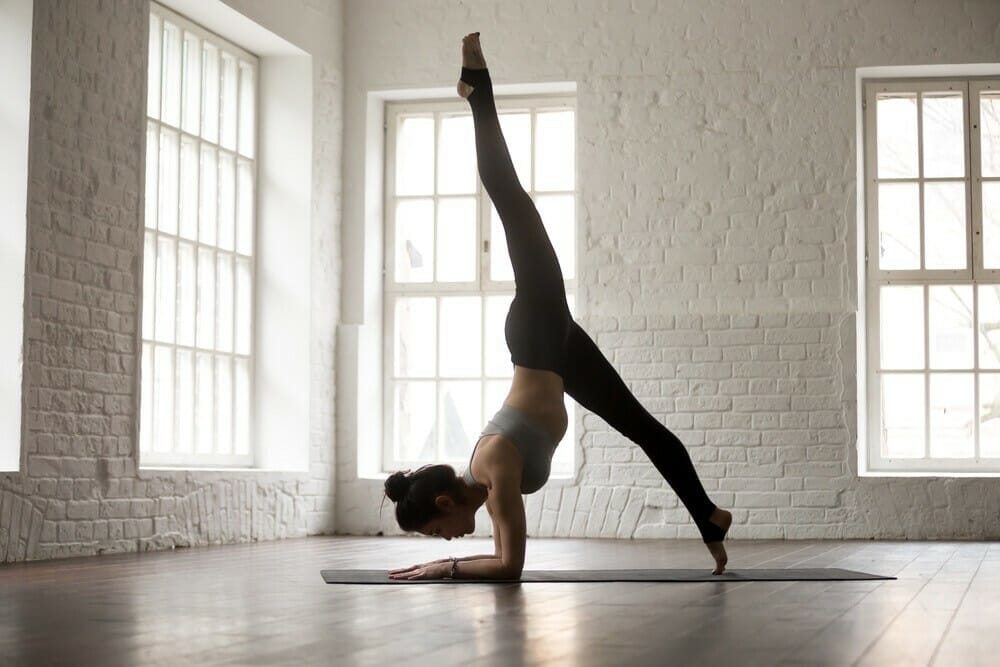
The shape of this pose means there's increased blood flow to the brain to improve awareness and concentration.
Often, Dolphin Pose can help those who have difficulty sleeping. A good night’s rest can help you feel less anxious.
Corpse Pose (Savasana)
Nearly all yoga classes conclude with a corpse pose. It might look like a simple posse to practice; however, it can have a profound effect.
Life can be draining when you live with anxiety which causes physical and mental exhaustion.
Corpse Pose promotes relaxation within your body and cools your thoughts. This restorative pose encourages complete relaxation.
Conclusion
If you want to reduce anxiety, you need to practice yoga regularly. Try doing these simple yoga poses every day, and I am sure you will notice a difference in how you feel and the quality of your life overall.
When practising yoga, you might feel uncomfortable. It could be because the practice brings up emotions or feelings that you have been suppressing. It is good to practice in a space that feels safe and comfortable.

